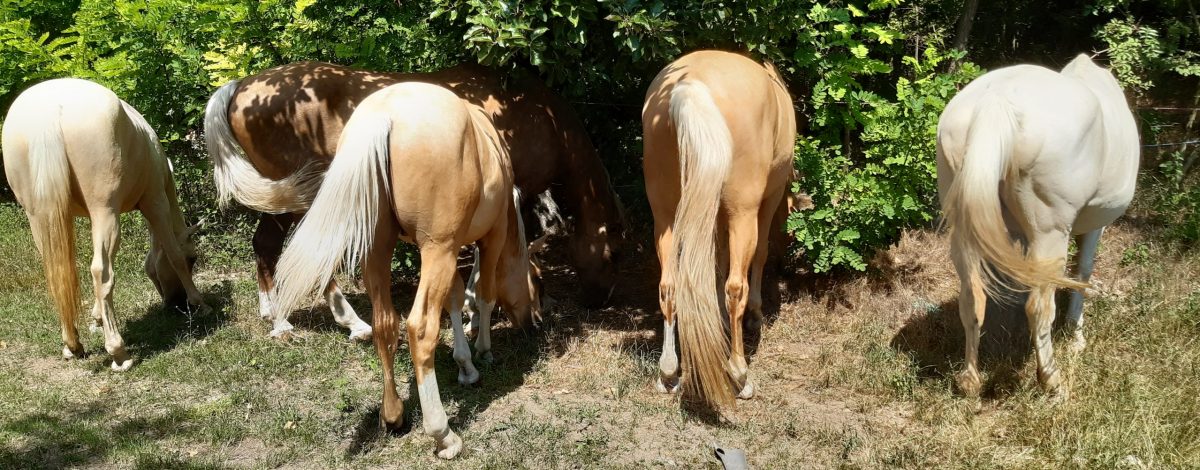High Chaparral!
It seemed like my old memories were popular, so let’s continue to look back at horsekeeping from way back. This is from 1979
I’ve rarely sat still in a chair for long periods, and what does one do when crazy about horses and likes things happening? Well, you start working at High Chaparral. I was in the process of learning to be a saddlemaker with an old saddlemaker in Copenhagen when he got a visit from someone who had lived nearby. His name was Knut, and he worked at a place in Sweden called High Chaparral, and he thought they needed a saddlemaker. I was quite familiar with Sweden as my parents had a summer cottage in Blekinge, and I spoke almost fluent Swedish. I went there and liked what I saw, and I decided with the boss there that I could start in the summer. I was allowed to bring my horse (I didn’t want to be without him for a whole summer). High Chaparral was not at all like it is today, but more like a fort, much smaller, and everyone knew everyone.
When summer came and I was to move my horse, it had to be done in stages. It wasn’t so easy to bring horses to Sweden then. Markant had to stand in quarantine for a week, and I had arranged with an acquaintance that he could be housed there as he had a separate stable. My horse took it all calmly and adapted quickly. It wasn’t just about changing stables, but there were steam locomotives and people walking and shooting on the street, camels and bison, donkeys, and much more. We took it easy, and he learned gradually, and one might think it’s tough for a horse to come into that environment, but the fact is that they became traffic and gunshot proof, and I later took my stallion, who was 2 years old at the time, and he became traffic-safe and used to most things for the rest of his life.
The reason I bring this up is that sometimes there’s a tendency to try to avoid noise and commotion when with horses, with the result that they become afraid of everything. Spending entire days with the horses also yielded results, and we had fun together. I didn’t just work as a saddlemaker; I also drove the stagecoach and sometimes did pony rides and tourist rides. It was long days; we started at 7 in the morning and ended at 7 in the evening. We got accommodation and under-the-table pay, and then you could buy a cheap meal there, but I didn’t eat it often. It was mostly mix made from leftovers from the restaurant, but the breakfast was good.
I can agree that it wasn’t optimal horsekeeping. The stagecoach horses were hitched most of the day, but they got good food, and they went in large paddocks at night, and we took care of them as best we could. I was especially fond of mine, who were Lipizzaners named Wels and Fargo.
In our spare time, we stayed at the place to socialize and have a coffee, or ride together, and I really enjoyed it. I worked there for 3 years in the summer, but unfortunately, it’s not the same place today. Everything changes, and I thought it became too big. It wasn’t the same spirit, and you didn’t know half the people who worked there. Everything has its time, and I have many fun memories.
I tried to buy out my stagecoach horses when I quit, but they weren’t for sale then, but a couple of years later, I asked again. One of them was dead, but I managed to buy out the other and place it in a very good home where it could stay for the rest of its life.
In the picture, it’s me and Markant. He might not have been the most typical Western horse with his 173cm 🙂


